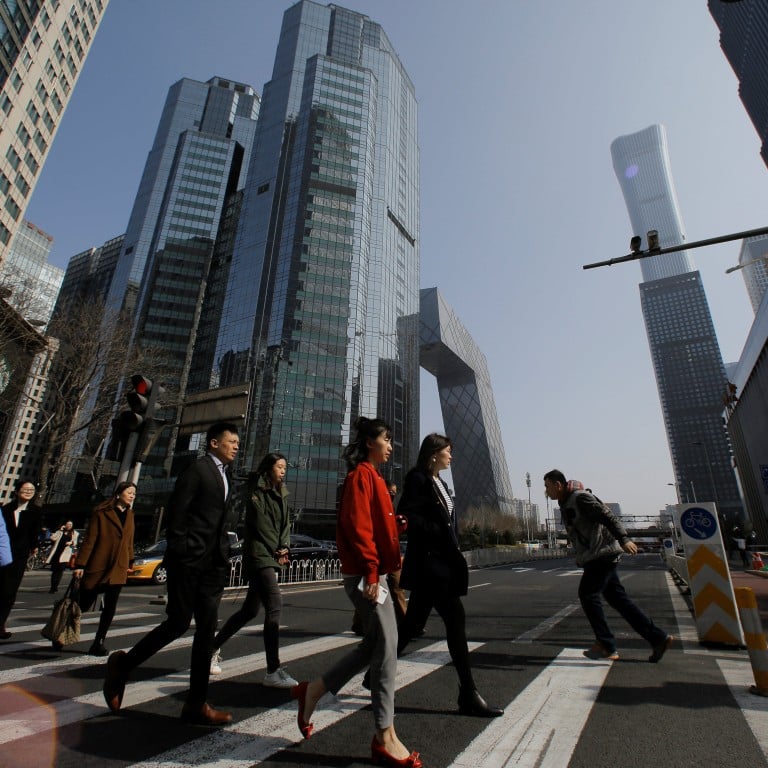
Fitch cuts outlook for China’s state-owned banks from stable to negative citing Beijing’s limited capacity to support them
- Move comes a week after Fitch cut its projection for the country’s sovereign credit rating, reflecting pessimism in the world’s second largest economy
- ‘The large size of the banking sector … constrains the government’s ability to support the sector,’ the credit ratings agency says
Regarding the adjustment for the banks’ outlook, Fitch said on Tuesday that the current size of China’s banking system is an important factor limiting the amount of support the central government could give to its biggest lenders.
“The Chinese banking system has grown rapidly since 2008, with total assets of 417 trillion yuan (US$57.6 trillion) at the end of 2023, equivalent to around 330 per cent of 2023 gross domestic product,” it said.
The six state banks represent over 40 per cent of assets in the sector, while the country’s 20 “domestic systemically important banks” (D-SIBs) have combined assets accounting for close to 70 per cent of the total, the report added.
“The large size of the banking sector as well as the number of D-SIBs constrain the government’s ability to support the banking sector,” it said.
However, the report emphasised that there is a “very high probability” that Beijing would continue to support the lenders “in a timely manner in the event of stress,” even though the chances of the state offering “the same level of extraordinary support” would be limited.
“For the five state banks except the Postal Savings Bank of China (PSBC), this is backed by their direct central government ownership, long history of receiving government support and high systemic importance. All of them are both global systemically important bank (G-SIBs) and D-SIBs,” said Fitch.
The other two state-owned banks are the Agricultural Bank of China and the Bank of Communications.
The report comes at a time when major state-owned lenders are cutting the rates they offer on deposits and reshuffling their product shelves to stave off recent declines in their net interest margins (NIMs) – an important metric for banks’ profitability – amid pressure to shore up the country’s slumping property sector and inject liquidity into the economy.
NIMs for commercial banks fell to 1.69 per cent at the end of last year, narrowing by 4 basis points quarter on quarter, and 22 basis points from the end of 2022 to a new low, according to an Everbright Securities International report.
The finance ministry last week hit back at Fitch’s sovereign outlook downgrade, asserting that the “long-term positive trend of China’s economy has not changed, nor has the Chinese government’s ability and determination to maintain good sovereign credit.”
The world’s second-largest economy on Tuesday reported a faster-than-expected 5.3 per cent GDP growth for the first quarter, after reporting last week that its exports sank 7.5 per cent in March.


